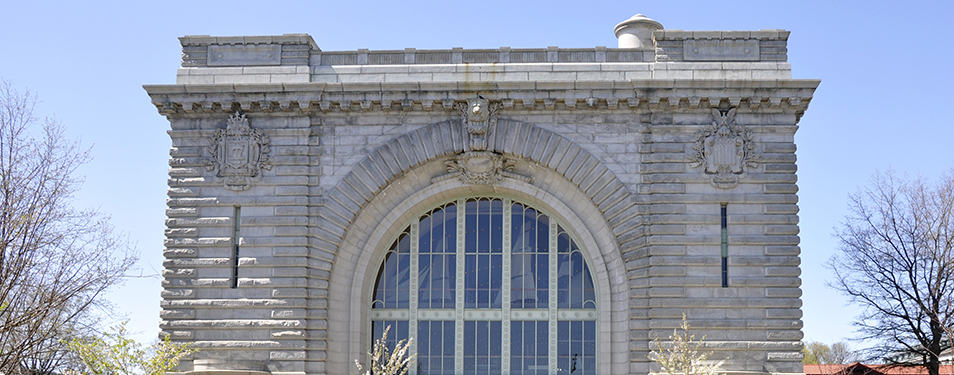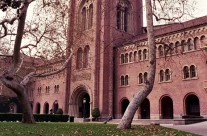
United States Naval Academy
Posted in SouthThe United States Naval Academy, commonly called Navy, is a 4 year federal coeducational service academy. It is the 2nd oldest service academy in the United States and located in Annapolis, Maryland. Navy educates officers for commissioning into the United States Navy and the Marine Corps. The campus is approximately 26 miles southeast of Baltimore and 33 miles east of Washington, and is situated on the former grounds of Fort Severn. Navy’s entire campus is considered a National Historic Landmark.
History
George Bancroft, who was the Secretary of the Navy at the time, founded the Naval School in 1845. The school officially opened on October 10th on the grounds of Fort Severn, which was a former U.S. Army post, in Annapolis. The school’s original course of study intended for 3 years at sea, with only the first and last years being in spent in the classroom. The Civil War disrupted the naval academy significantly, as 24% of its officers with 95 graduates and 59 midshipmen joined the Confederates States Navy, and the United States government was forced to relocate the school. The end of the war brought the midshipmen and faculty back to the institution, and the Academy was moved back to Annapolis in 1865. During World War I and World War II, an accelerated course was provided. This required students to study all year round, and helped the United States Navy bring in recruits from the Academy much faster to assist with the war effort.

Programs
Unlike other institutes of higher education, Navy does not have undergraduate or graduate programs or different educational colleges. Midshipmen choose their majors at the same time working towards commission in the United States Navy. The 5 most popular majors are: Political Science and Government (16%), Economics (10%), Aeronautical and Astronautical Engineering (9%), Oceanography (9%), and History (9%). A Bachelor of Science degree is awarded at graduation regardless of major because of the technical content of the core curriculum. The General Engineering major is ranked 5th by U.S. News for engineering programs in the United States, and produces engineers who are well equipped to handle various technical aspects of any Navy or Marine Corps position. Most midshipmen transfer into this major because of its flexible structure. The Navy also offers the Trident Scholar Program which allows students to conduct year long research independently in an area of their interest. Each student’s academic program is modified to substitute research courses for the major’s traditional courses, and each scholar works with one ore more Naval Academy faculty advisers. The Bowman Scholar Program is another unique program. It provides the opportunity for a small group of midshipmen to receive training in nuclear power. Students who are selected for this program participate in a research internship during the summer and are offered the opportunity to earn a masters degree in a technical discipline following graduation.

Pros & Cons
Navy is ranked by U.S. News as the #1 Public Liberal Arts College in the United States, and was ranked by Forbes as the 17th best overall school in the country in 2011. The United States government pays for tuition and room and board, and midshipmen receive almost $1000 monthly (cost of books, supplies, and uniforms is deducted from this amount). It is a difficult school to get into, however, with only a 7.5% acceptance rate. Candidates must also be nominated by a U.S. Senator, Congressman, or the President. At the beginning of second year, midshipmen sign a “2-for-7” contract, which is a commitment to finish the final two years at Navy and then serve five years on active duty. Navy is a prelude to fighting for the United States Naval Forces, which is an extremely dangerous profession. By attending Navy, students are essentially applying for the United States military, and should treat it with the proper precaution.

 Georgia Institute of Technology
Georgia Institute of Technology Rice University
Rice University United States Naval Academy
United States Naval Academy University of Southern California
University of Southern California University of Texas
University of Texas University of Virginia
University of Virginia Vanderbilt University
Vanderbilt University